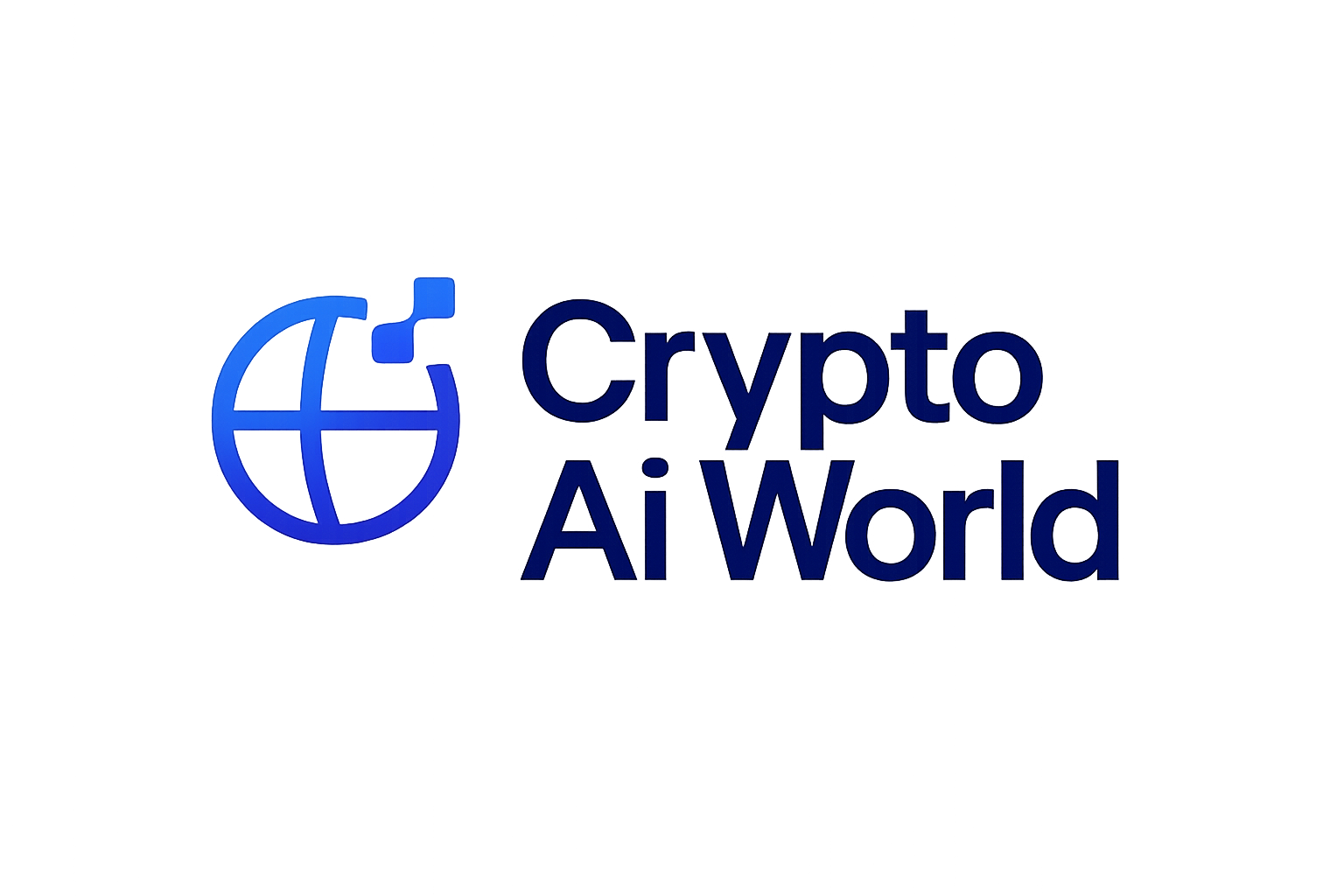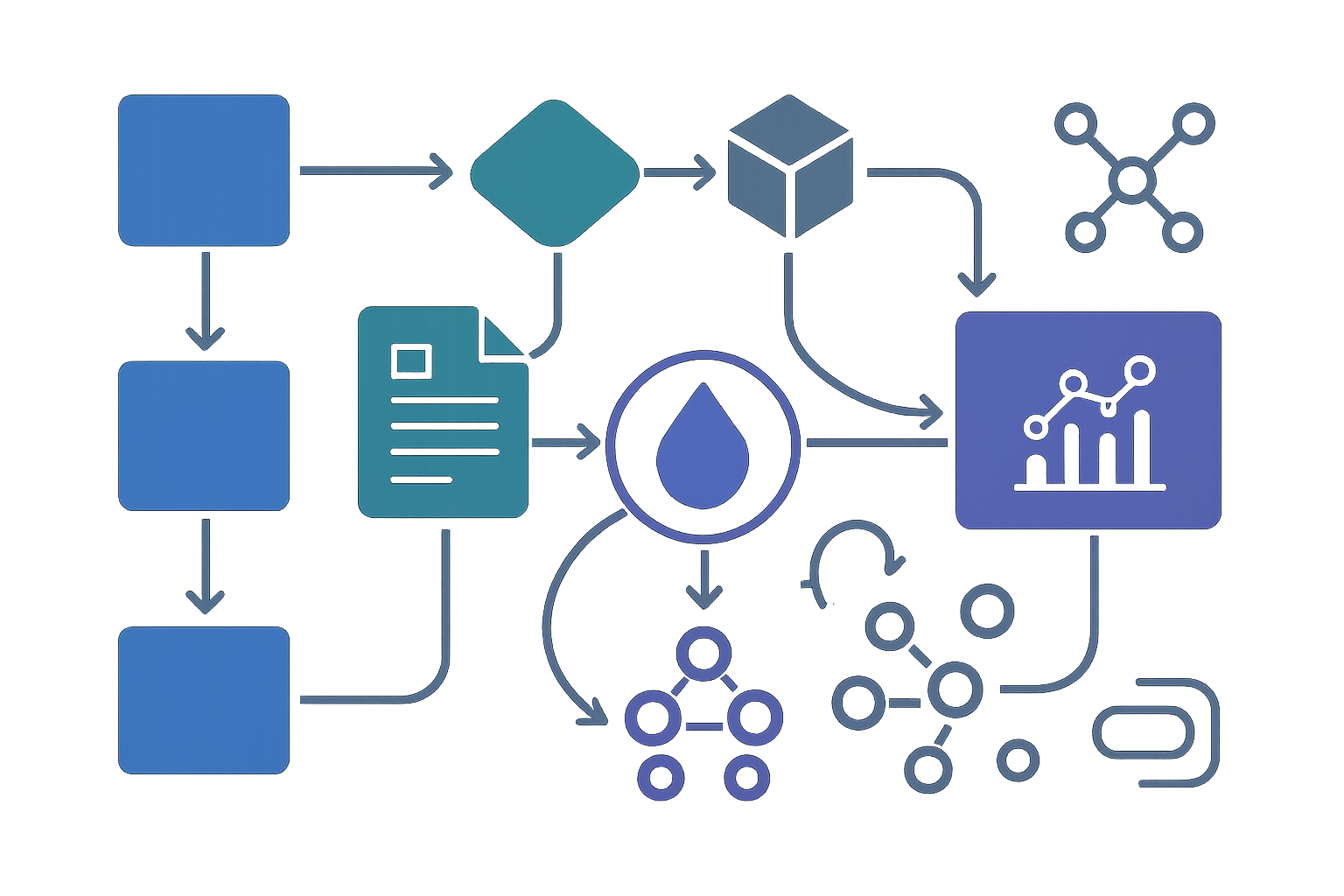
The rapid evolution of large language models (LLMs) has been both a technological marvel and a logistical challenge. As demand for AI inference surges, the industry is grappling with soaring compute costs, fragmented chip supply chains, and increasing concerns around centralization. Enter the era of decentralized LLM inference networks, where DePIN (Decentralized Physical Infrastructure Networks) are fundamentally reshaping how open AI large language models are deployed and scaled. At the heart of this movement is a vision for open AGI: scalable, permissionless, and resilient to single points of failure.

How DePIN Unlocks Scalable LLM Inference
Traditional AI infrastructure relies heavily on centralized hyperscalers – think AWS, Google Cloud, or Azure – which control access to vast pools of GPUs and TPUs. This model concentrates power and exposes users to supply shocks or regional outages. In contrast, DePIN-powered LLM networks distribute inference workloads across thousands of independent nodes worldwide. Each node contributes GPU resources in exchange for crypto incentives, forming a permissionless backbone for running both open-source and proprietary models.
DecentralGPT, for example, connects global GPU providers into a decentralized inference network that can reduce AI service costs by up to 80% compared to traditional platforms. This model not only democratizes access but also directly addresses issues like fragmented chip supply chains by tapping into idle hardware across regions (see CoinMarketCap news update). The result? A more robust and cost-efficient ecosystem for deploying next-generation LLMs.
Pioneering Projects in Decentralized LLM Inference
Key Decentralized LLM Inference Projects
-
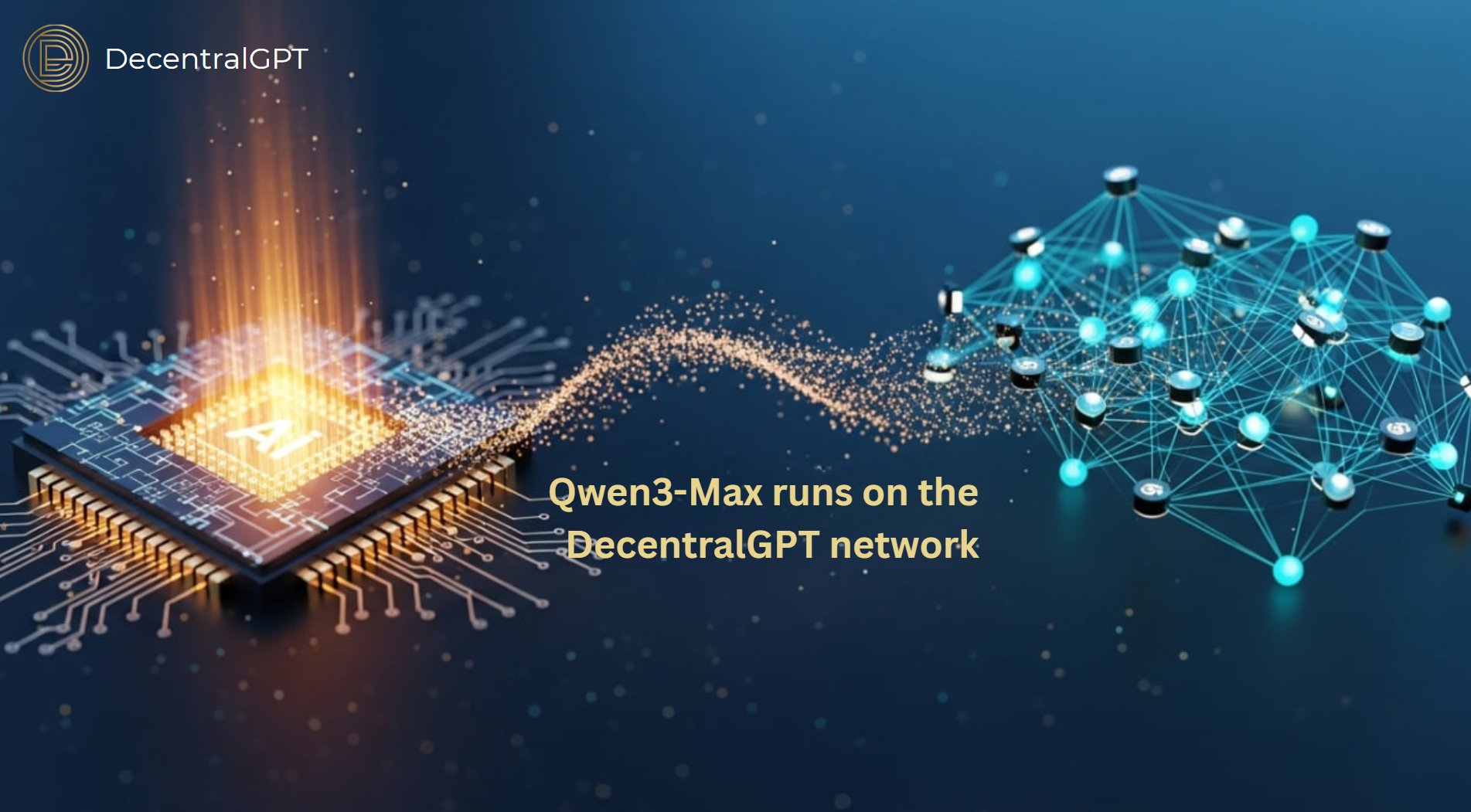
DecentralGPT is the world’s first decentralized LLM inference network, leveraging global GPU providers to deliver scalable, cost-effective AI model inference. It supports both open-source and proprietary models, reducing reliance on centralized cloud services and lowering AI inference costs by up to 80%.
-
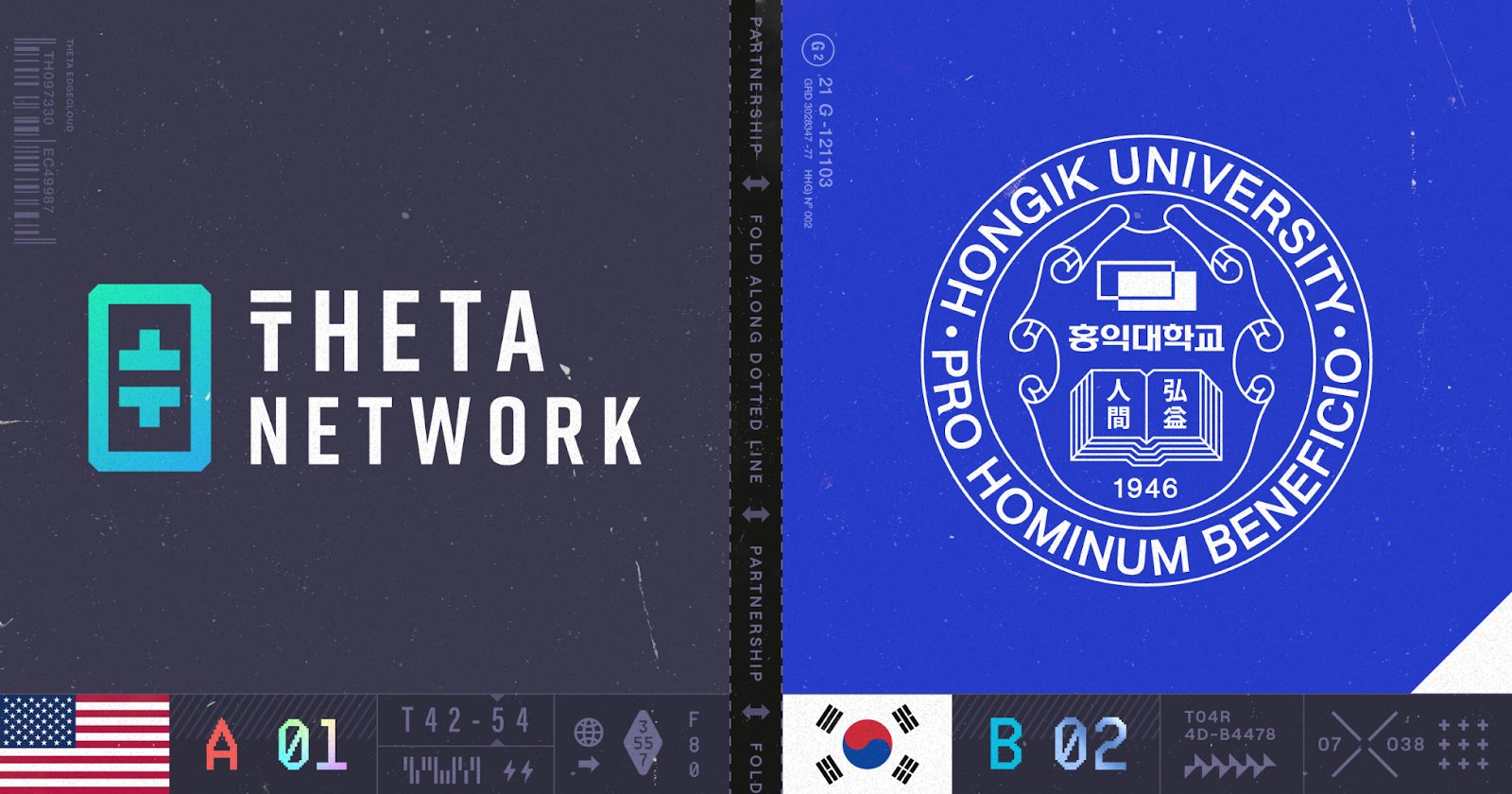
Theta EdgeCloud offers a verifiable LLM inference service that integrates blockchain-backed public randomness beacons. This ensures independently verifiable and trustworthy AI outputs—vital for enterprise and academic use cases.
-
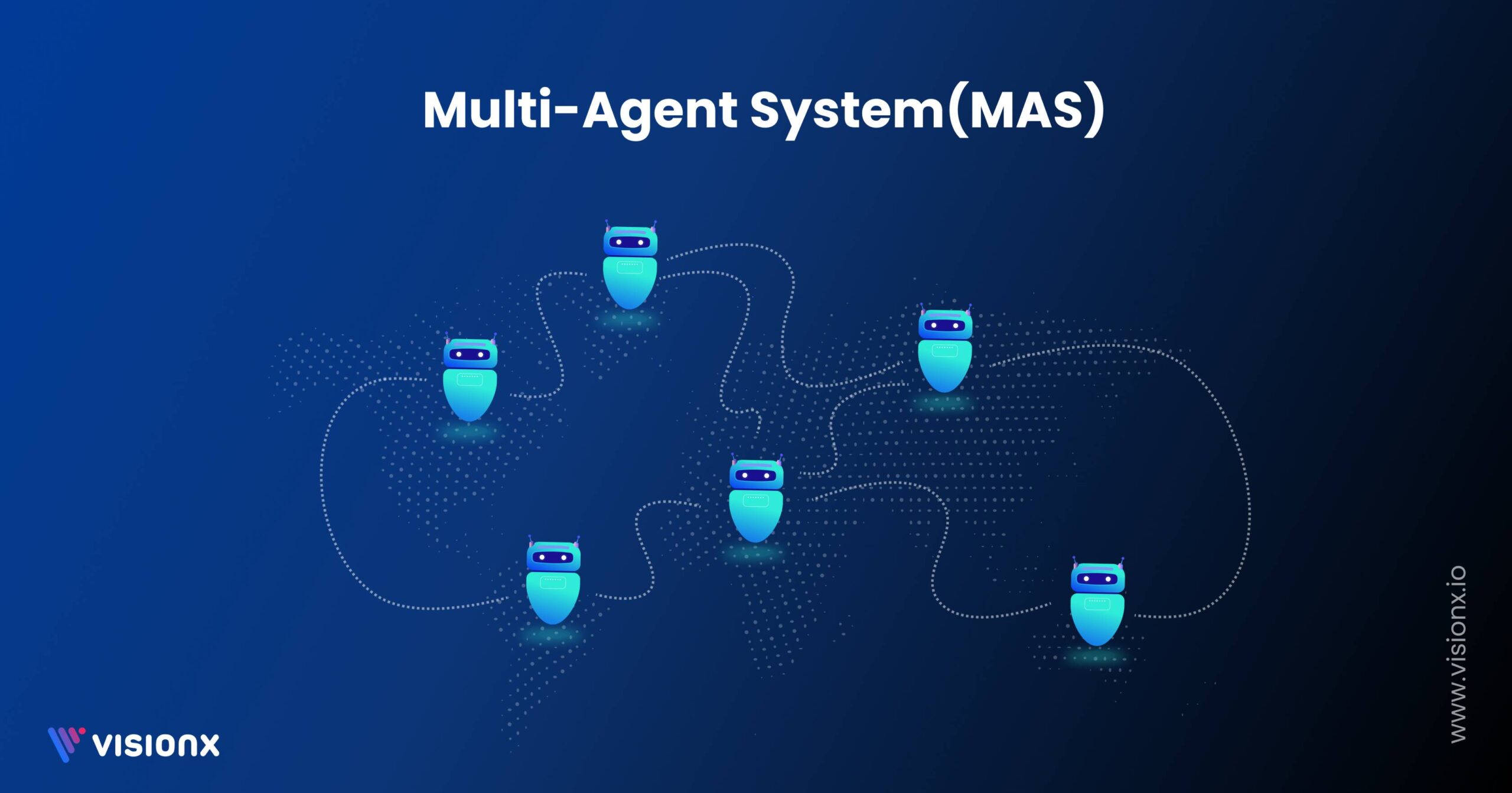
AgentNet provides a decentralized coordination framework for multi-agent LLM systems. By removing centralized control, AgentNet enhances fault tolerance and enables privacy-preserving collaboration across organizations.
-

Autonomys x ZkAGI Partnership consolidates DePIN infrastructure for fair and private AI. Their collaboration integrates distributed storage and GPU marketplaces to boost privacy, security, and scalability for AGI on blockchain.
-
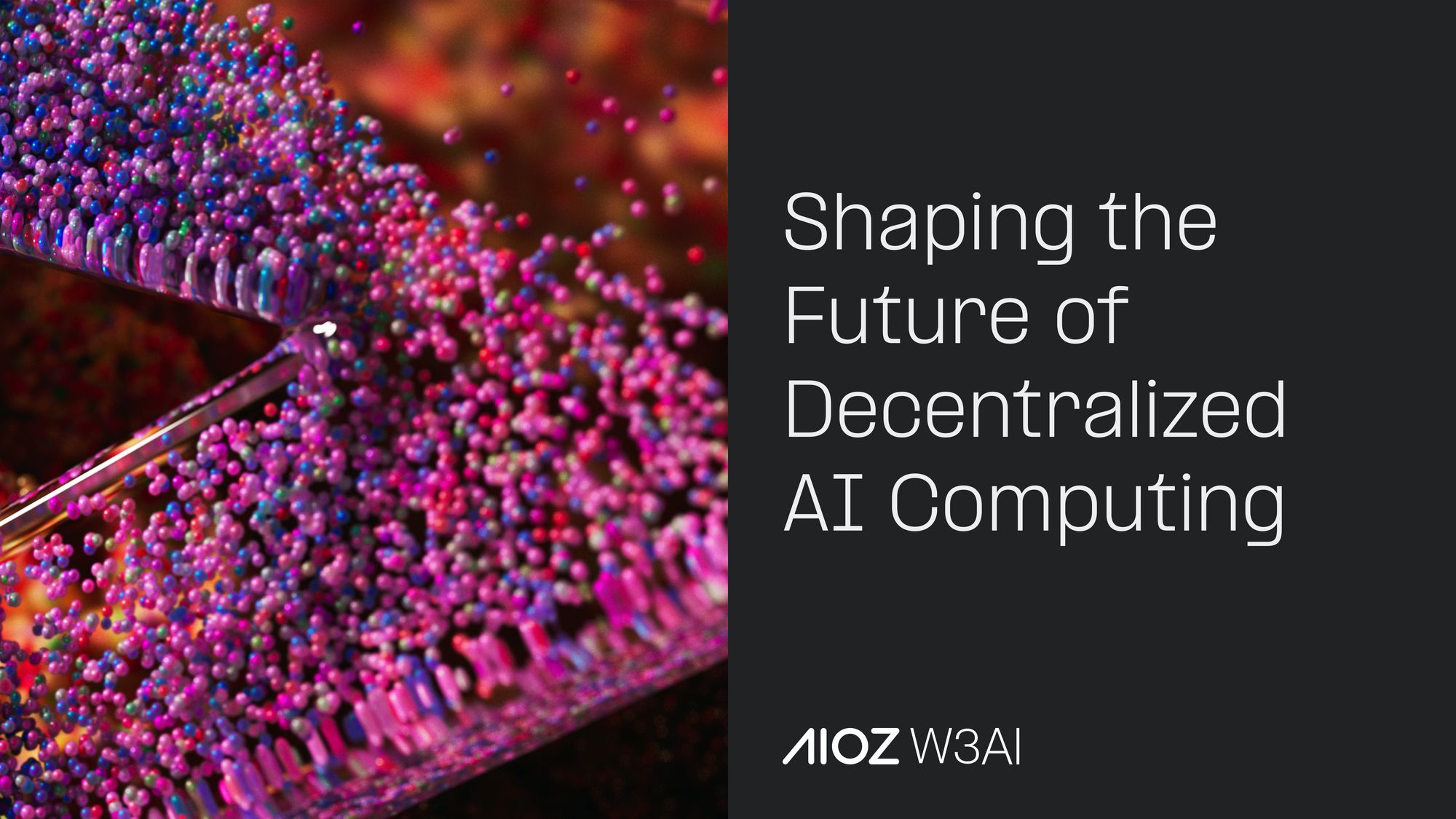
AIOZ Network delivers DePIN-powered solutions for decentralized AI compute, data storage, and model hosting. This enables developers to access permissionless GPU resources and deploy open-source LLMs efficiently.
The current landscape is bustling with innovation:
- Theta EdgeCloud: Their verifiable LLM inference service leverages blockchain-backed randomness beacons to ensure outputs are independently auditable – crucial for enterprise-grade trust (depinscan.io).
- AgentNet: Proposes a decentralized agent framework where multi-agent systems can evolve autonomously without centralized control (arxiv.org preprint).
- Autonomys x ZkAGI: Focused on privacy-preserving AGI through distributed storage solutions and fair GPU marketplaces (autonomys.xyz).
- AIOZ Network: Offers permissionless compute and storage for open-source LLMs at scale.
- DecentralGPT ($DGC): The world’s first decentralized LLM inference network supporting both open-source and closed-source models.
Together, these projects illustrate the diversity of approaches within the emerging LLM DePIN network ecosystem, each with its own trade-offs around verifiability, privacy, specialization, and scalability.
The Technical Anatomy: How Distributed Inference Works
The technical backbone of these networks lies in their ability to split massive AI workloads into smaller tasks that can be processed independently across geographically dispersed GPUs. For instance, as outlined in research published on arXiv (“Decentralized LLM Inference over Edge Networks”), collaborative inference can even extend to battery-powered edge devices with energy harvesting capabilities, enabling sustainable deployments far beyond traditional data centers.
A key rule-of-thumb when deploying LLMs over DePIN is that VRAM requirements typically scale with model size: you’ll need roughly double the number of parameters (in billions) as VRAM (in GB) per node (Trakx research report). By pooling together heterogeneous hardware from miners worldwide, and incentivizing them via tokens like $DGC, these networks achieve elastic scaling while avoiding vendor lock-in or regional bottlenecks.
Security and trust are paramount, especially as these networks begin to underpin mission-critical applications. Projects like Theta EdgeCloud are pioneering verifiable inference, where every AI output is cryptographically auditable. This is a game-changer for sectors like healthcare, finance, and academia, where the provenance and integrity of machine-generated responses must be indisputable. Meanwhile, AgentNet’s decentralized coordination enables multi-agent LLM systems to collaborate without ever exposing sensitive data to a single operator, an essential feature for privacy-first organizations.
Tokenomics also play a crucial role in sustaining these ecosystems. By rewarding node operators in native tokens such as $DGC, DePIN-powered networks ensure ongoing participation and hardware reliability. This incentive alignment not only democratizes access to AI but also creates new economic opportunities for GPU owners worldwide, transforming idle or underutilized compute into productive infrastructure for open AGI development.
Real-World Impact: Cost, Scale, and Resilience
The implications of decentralized LLM inference stretch far beyond technical novelty. DecentralGPT has demonstrated that distributing inference workloads can slash operational costs by up to 80% compared to legacy cloud providers, a seismic shift for startups and research labs operating on tight budgets. Furthermore, by tapping into a global mesh of GPUs, including those in regions traditionally underserved by major cloud vendors, DePIN networks sidestep the supply chain fragilities that have plagued the AI industry.
This approach unlocks new possibilities for deploying open AI large language models at scale. Developers can now experiment with cutting-edge architectures or fine-tune proprietary LLMs without being constrained by centralized gatekeepers or exorbitant fees. The permissionless nature of DePIN ensures that innovation flourishes on a global scale.
Challenges Ahead: Interoperability and Governance
Despite rapid progress, several challenges remain on the path toward truly open AGI infrastructure. Interoperability between different DePIN networks is still nascent; seamless migration of workloads across competing protocols will require standardized APIs and robust cross-chain communication layers. Governance also looms large, balancing decentralization with effective network upgrades and dispute resolution demands creative solutions that blend on-chain voting with off-chain expertise.
Another key consideration is energy efficiency. As highlighted in recent arXiv research, sustainable decentralized inference over edge devices depends heavily on innovations in energy harvesting and workload scheduling. The goal: maximize performance while minimizing environmental impact, a non-trivial feat as model sizes continue to balloon.
“Decentralization isn’t just about technology, it’s about empowering communities globally to shape the future of AI. “
The Road Ahead for Decentralized AGI
The momentum behind LLM DePIN networks is undeniable. With projects like DecentralGPT leading the charge, and alliances spanning ZkAGI, Autonomys, AIOZ Network, and others, the vision of scalable, permissionless AGI infrastructure is quickly moving from concept to reality. As interoperability improves and governance frameworks mature, expect decentralized LLM inference to become not just an alternative but an industry standard for open AI deployment.
Key Benefits of Decentralized LLM Inference Networks
-
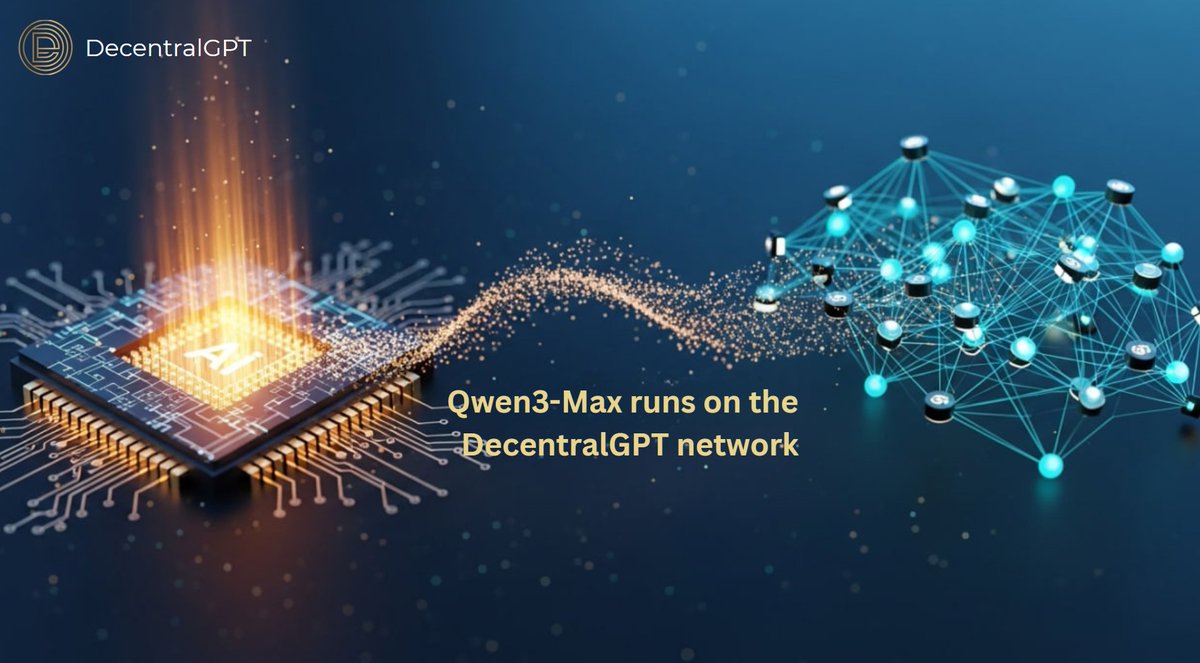
Significant Cost Reduction: Platforms like DecentralGPT leverage distributed GPU resources, reportedly reducing AI inference costs by up to 80% compared to traditional centralized cloud providers. This democratizes access to advanced AI by lowering financial barriers for developers and enterprises.
-

Resilience Against Outages: By distributing inference workloads across a global network of nodes, solutions such as AIOZ Network and Theta EdgeCloud minimize single points of failure, ensuring continuous AI service availability even during regional disruptions or infrastructure outages.
-
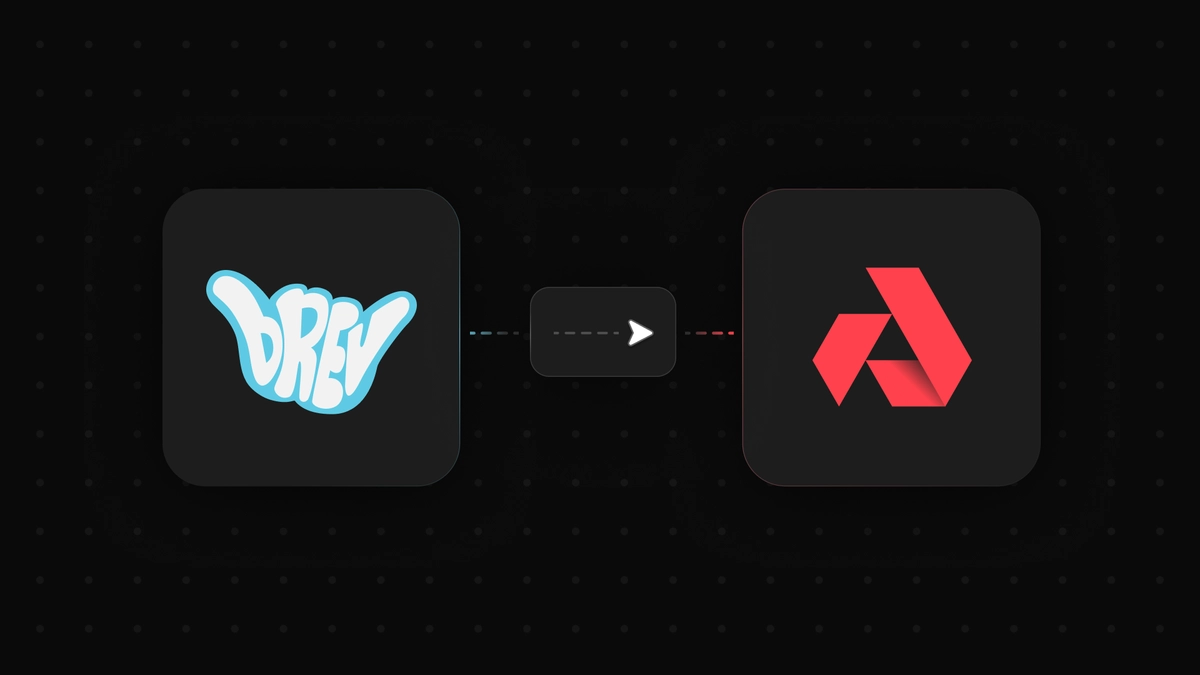
Democratized and Permissionless Access: DePIN-powered networks like DecentralGPT and AIOZ Network provide open, permissionless access to GPU resources and model hosting. This enables developers and organizations worldwide to participate and innovate without centralized gatekeepers.
-

Enhanced Privacy and Security: Collaborations like Autonomys x ZkAGI integrate privacy-preserving technologies and distributed storage, allowing users to run sensitive LLM inference tasks without exposing data to centralized entities, and supporting cryptographic verification of outputs.
-

Global Scalability and Interoperability: Decentralized LLM inference networks, as demonstrated by DecentralGPT, AIOZ Network, and Theta EdgeCloud, connect GPU providers and data sources worldwide. This enables rapid scaling of AI workloads and seamless support for diverse open-source and proprietary models across regions.
The coming years will likely see exponential growth in both the size of models supported and the diversity of participating nodes, from enterprise-grade GPU clusters to solar-powered edge devices in remote locations. For innovators willing to embrace this paradigm shift, DePIN offers a pragmatic path toward building robust AGI systems that are truly open by design.
